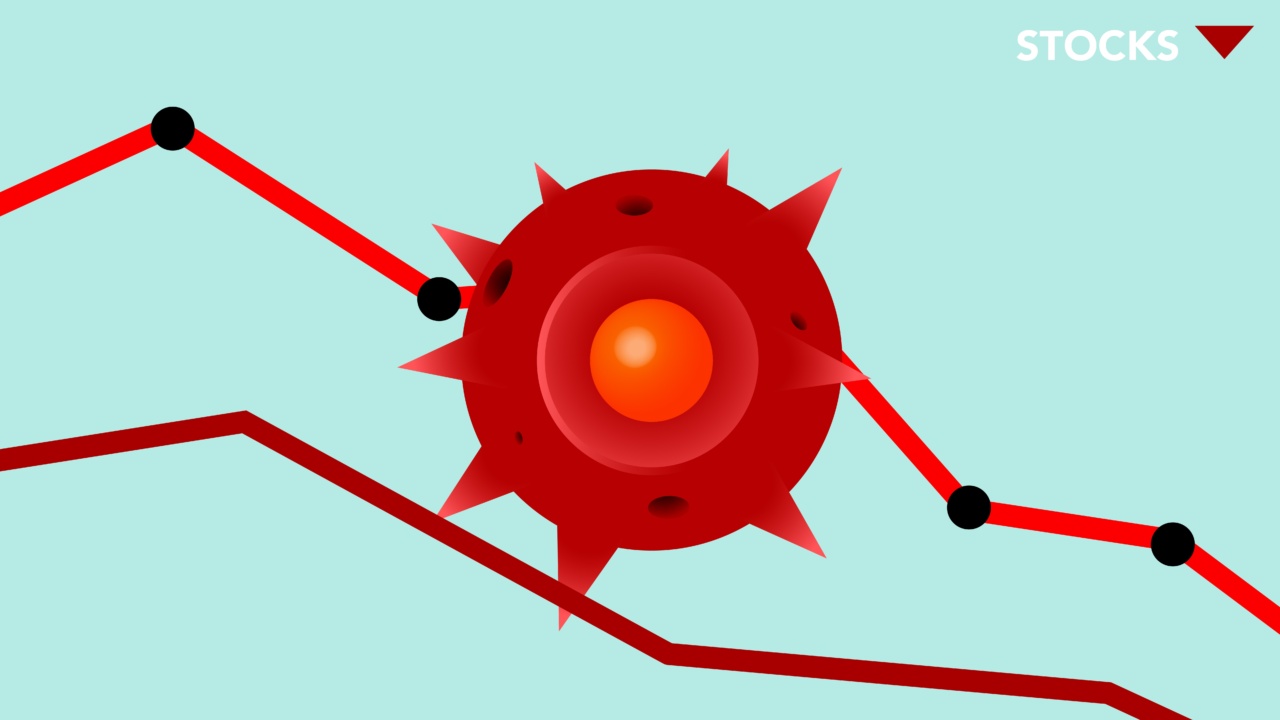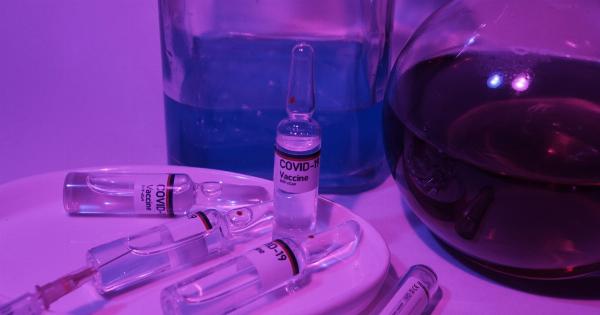Carotid stenosis is a narrowing of the carotid arteries, which are blood vessels located in the neck that supply blood to the brain. This condition can put you at risk of having a stroke, as it restricts blood flow to the brain.
Traditional treatments for carotid stenosis involve invasive surgeries that can be risky and require long recovery periods. Fortunately, there are now minimally invasive treatment options available that are painless and can reduce your risk of stroke.
What is Carotid Stenosis?
Carotid stenosis is a condition that occurs when the carotid arteries become narrowed due to a build-up of plaque or other substances. The narrowing can be caused by atherosclerosis, which is a hardening of the arteries due to the build-up of plaque.
In other cases, carotid stenosis can be caused by the growth of a tumor in the neck, or by a blood clot that has lodged in the artery.
When the carotid arteries become narrowed, they can restrict blood flow to the brain. This can cause symptoms such as dizziness, headaches, vision problems, and difficulty speaking or understanding others.
If left untreated, carotid stenosis can lead to stroke, which can cause long-term disability or even death.
Traditional Treatments for Carotid Stenosis
For many years, the most common treatments for carotid stenosis were surgical procedures such as carotid endarterectomy or carotid artery bypass surgery.
These procedures involve making incisions in the neck to access the blocked artery and remove the plaque or other substances causing the blockage. While these surgeries can be effective, they can also be risky and require long recovery periods.
For example, in a carotid endarterectomy, the surgeon must make an incision in the neck to access the carotid artery. They then make another incision in the artery itself to remove the plaque or other substances causing the blockage.
The artery is then stitched closed, and the incisions in the neck are closed with sutures or staples. After the surgery, the patient may need to stay in the hospital for several days and may require several weeks of recovery time at home.
Minimally Invasive Treatments for Carotid Stenosis
Fortunately, there are now minimally invasive treatments available for carotid stenosis. These treatments are less risky than traditional surgeries, and they require less recovery time.
They are also less painful, as they do not involve large incisions in the neck.
The two most common minimally invasive treatments for carotid stenosis are carotid angioplasty and stenting and TransCarotid Artery Revascularization (TCAR).
Carotid Angioplasty and Stenting
Carotid angioplasty and stenting is a minimally invasive procedure that involves the use of a small balloon and a stent to open up the blocked artery.
During the procedure, a small incision is made in the groin area, and a catheter is inserted into the femoral artery. The catheter is then guided up to the blocked carotid artery, where a small balloon is inflated to widen the artery. A stent is then placed in the artery to keep it open, and the balloon is deflated and removed.
The incision in the groin is then closed with sutures or staples.
This procedure is less invasive than traditional surgery and has a lower risk of complications. It also has a shorter recovery time, as patients can often go home the same day or the following day.
TransCarotid Artery Revascularization (TCAR)
TransCarotid Artery Revascularization (TCAR) is another minimally invasive treatment for carotid stenosis. This procedure involves the use of a small incision in the neck to access the carotid artery.
A small tube is then inserted into the artery, and blood flow is temporarily diverted around the blockage. A stent is then placed in the artery to keep it open, and the tube is removed. The incision in the neck is then closed with sutures or staples.
This procedure is also less invasive than traditional surgery and has a lower risk of complications. It also has a shorter recovery time, as patients can often go home the same day or the following day.
Conclusion
Carotid stenosis is a serious condition that can put you at risk of having a stroke. Fortunately, there are now minimally invasive treatments available that are less painful and have a lower risk of complications than traditional surgeries.
If you have been diagnosed with carotid stenosis, talk to your doctor about your treatment options.






























